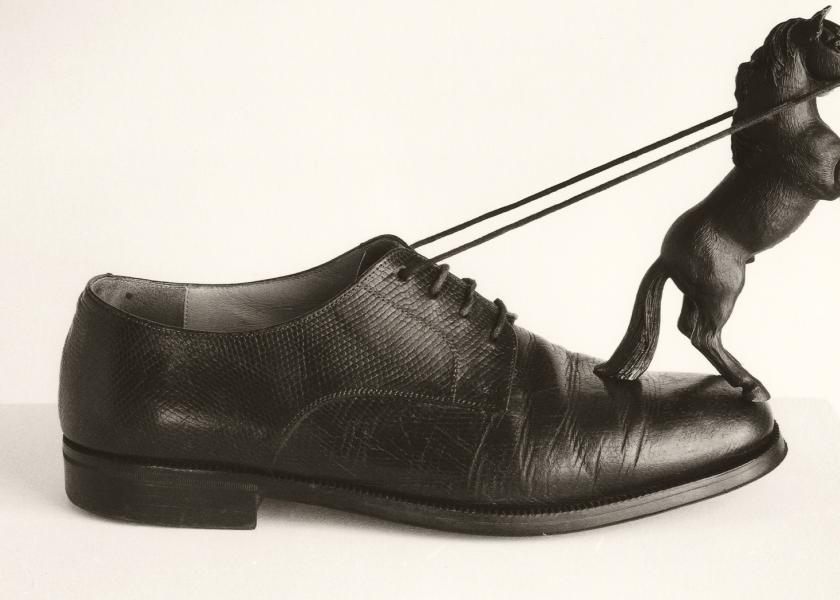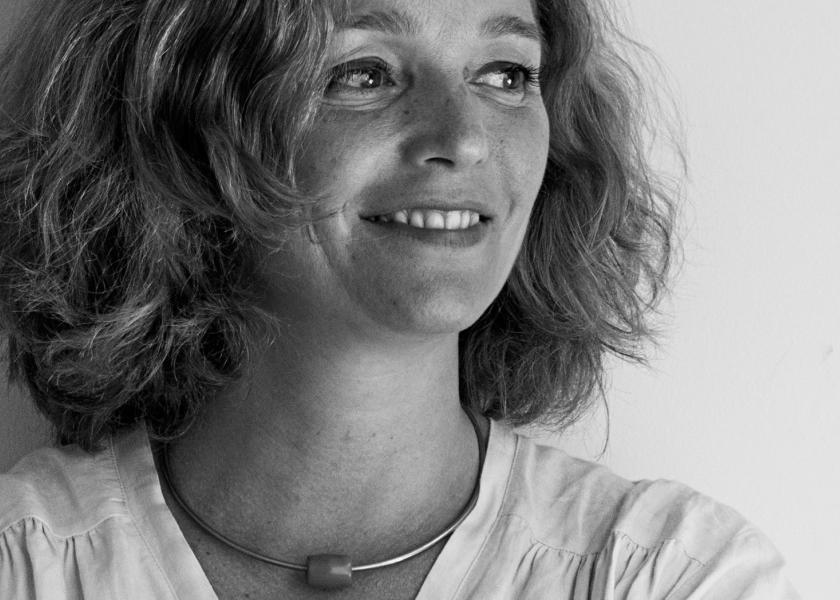Isabelita Virtual
The Anti-influencer That All Brands Want
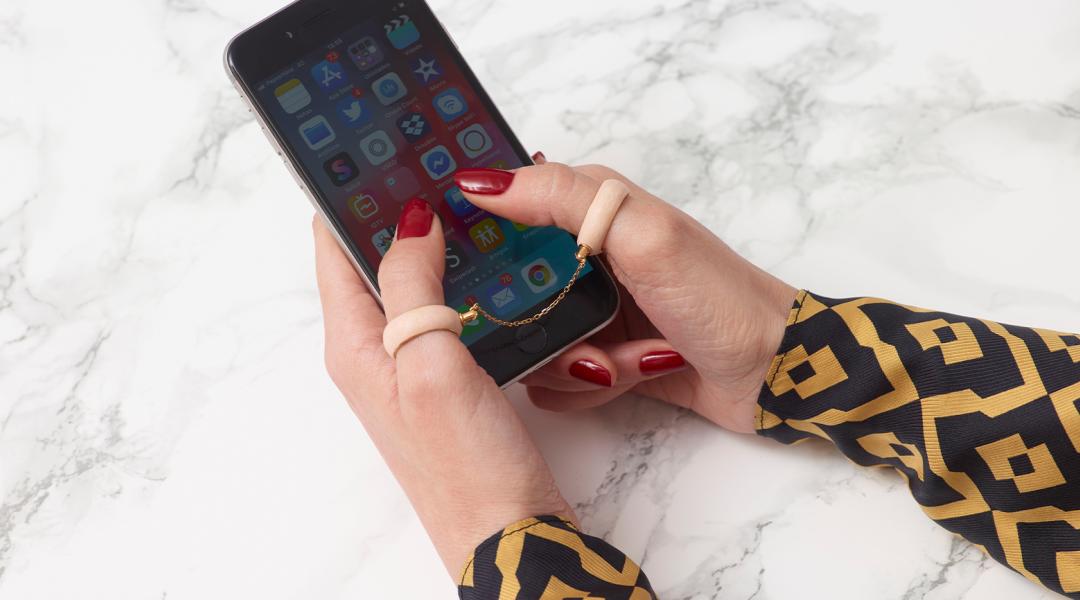
She has shaken up the concept of communication in the social media world using Instagram, where she has more than 655 thousand followers, as a tool to share her point of view. You could say that Isabelita Virtual is the opposite of what we know as an influencer, although the impact of her work and creative universe extends far beyond that.
Isabel Martínez trained in the world of advertising, working as a copywriter with masters such as Toni Segarra. From him, she learnt how to tackle advertising as a concept, a lesson she has put into practice throughout her career as Isabelita Virtual. She has also collaborated with publications such as W Magazine and brands like Viktor & Rolf. She organised the first fashion show for Snapchat and has been the first Spanish woman to participate in Times Square’s Midnight Moment. You could say that her success is based on the triumph of being different. In a world saturated with selfies, Isabelita Virtual manages to make us fall in love with images.
When was Isabelita Virtual born?
Instagram appeared at the end of 2010. I joined immediately, although it didn’t have many users. At the time, it was a tool that allowed you to take a peek at the world, and it gave you the feeling that everyone could be a good photographer. People were amazed to see that they could create beauty. Very few people used it to take selfies. It was in the hands of amateurs, most of which were not professional photographers. I found a space there, a gap. The recession had crippled creativity and suddenly I started to have fun there and started to build up followers. One day, and IG talent scout from San Francisco wrote to me, she had been a museum curator and was searching among Instagram users for people who were doing something different. That’s when it exploded.
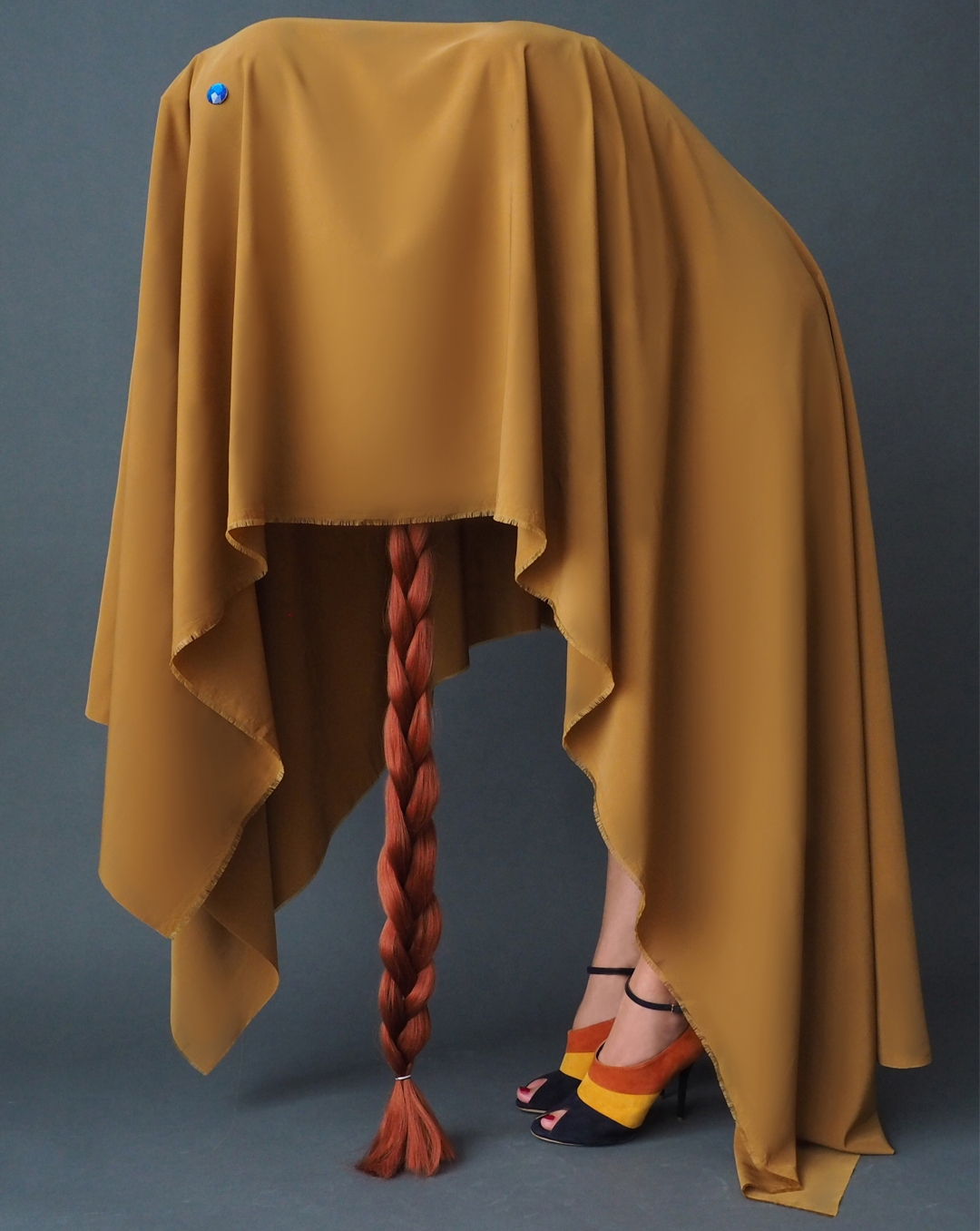
‘Metamorphosis’. © Courtesy of Isabelita Virtual
Almost ten years later, you’re still on Instagram, doing what you love.
Instagram has turned into a platform where everyone is selling themselves and everybody sells, both brands and individuals. That path has never interested me. When I was in New York with Delpozo, a brand that I helped to grow digitally, I went to see one of the most powerful influencer agencies, Digital Brand Architects (DBA). One of their first questions was: Who do you want to be on Instagram and in the world: someone being creative or you being the focus of attention? I knew the answer from the beginning. The fan phenomenon has always existed, but now it has more to do with a personality than with what that personality does for the world. I knew I didn’t want to be the focus of attention and that I wanted to communicate a concept. Today I could have 12 million followers, but I decided that I wasn’t going to be a slave, what I wanted was to express everything that I’ve learnt in different formats.
Your connection to the fashion world goes back to your family: your mother designed buttons for haute couture dressmakers.
Yes, and she sewed thousands of porcelain beads on the suit that Pertegaz designed for Salomé for the Eurovision Song Contest. This connection provided me with a valuable perspective. My mother felt that she worked in fashion. She thought of fashion as something handmade and beautiful, completely separate from glamour. I’ve watched her sew, draw and make buttons throughout my life. Details were an important part of her work. She was anonymous, she didn’t look for any kind of recognition. Thanks to this, I’ve always conceived fashion beyond glamour. I had the opportunity to be in the front row at fashion shows, but I found backstage much more exciting, shooting photos and seeing how they work, in touch with that reality, seeing how they apply the finishing touches to dresses. That’s a privilege.
We could say that you’re the exact opposite of what is considered an influencer, right?
A few years ago, influencers were the elite. Today, there are micro-influencers in each area; in illustration, architecture, graphic design... The idea we have in our heads of an influencer is someone who travels, takes photos, explains every aspect of their life, what they eat, how they dress. Logging into Instagram now and hoping for someone to see you is almost impossible, it’s like finding a needle in a haystack. Before there were 1 million users, and now there are 500 million. Before, it was a communication tool, a way to experiment with images, it was a community. Now, that has given way to a space where brands sell themselves.
Is your goal to make advertising in a new language?
Advertising has taken many shapes. Netflix content or a Lego film are advertising. Brands have found other, more interactive venues and they reach people differently. More and more brands are being launched and some are becoming pioneers in the digital world. I try to understand communication from this point of view, and what always guides me is the concept, a logical and unique concept, where I don’t outshine the brand. With influencers, the brand doesn’t matter, what matters is that they show off a bag, but given that tomorrow it’ll be a different one, there’s no trajectory. I try to do the opposite.
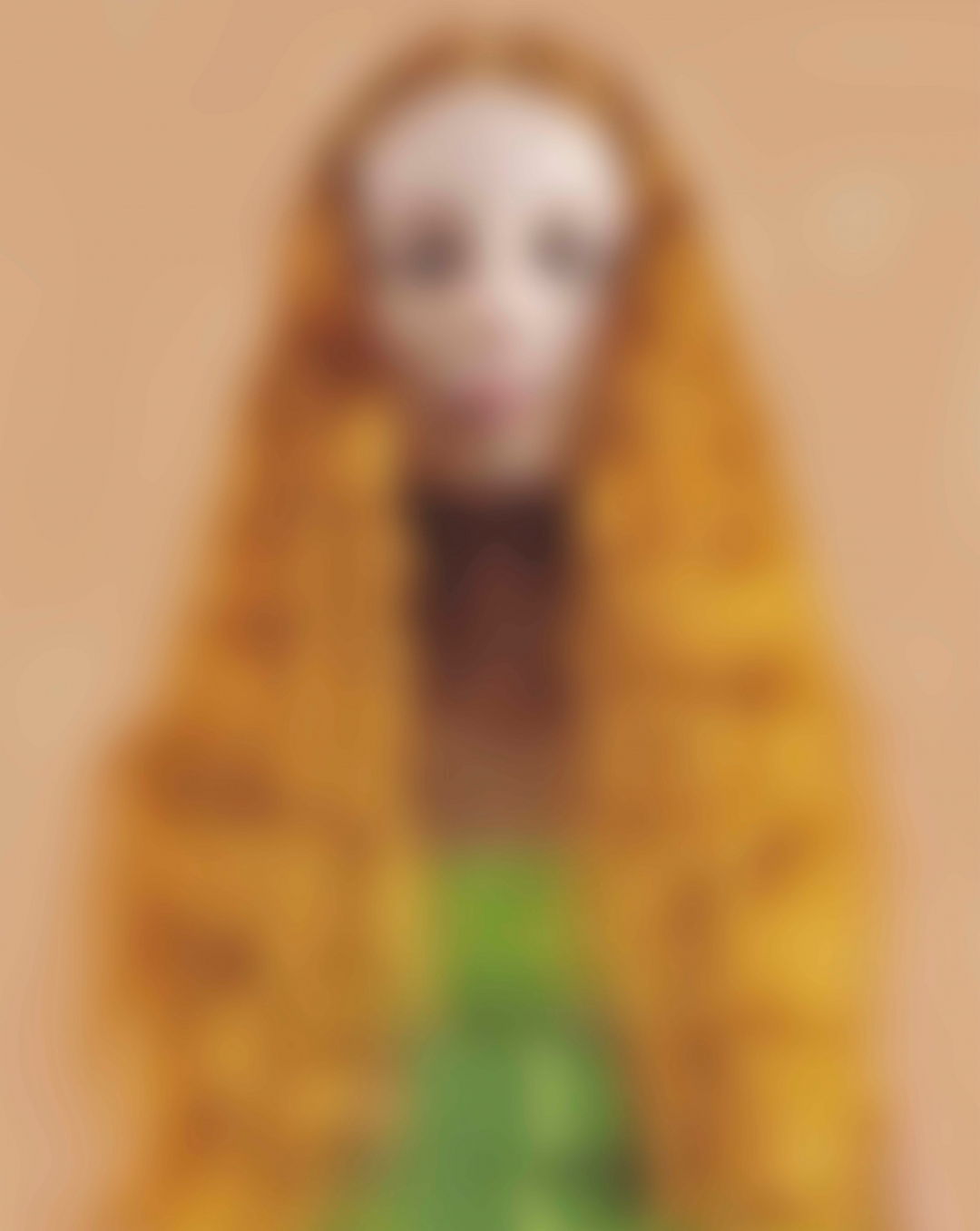
‘Valli’. © Courtesy of Isabelita Virtual
Is each job a challenge?
Absolutely. I analyse which is the challenge and from there I create a team of people who I trust 100% and do things I’ve never done before. A temporary installation, an exhibition using motion graphics in Times Square or a jewellery collection. What’s important is the perspective and who you collaborate with so that that perspective communicates what it should.
The perspective you show in your work is artistic.
If I had to define myself, that would be it. I offer my artistic perspective to a client’s project. I create a bond between two worlds that have always kept each other at arm’s length. I don’t consider myself an artist. I know that the first thing I must do is help the brand to sell. And that’s something that horrifies artists. I’d say that I lack the awareness of one’s ego that an artist has, my ego makes me do the best job that I can. In fact, I don’t use advertising language because brands let me be creative.
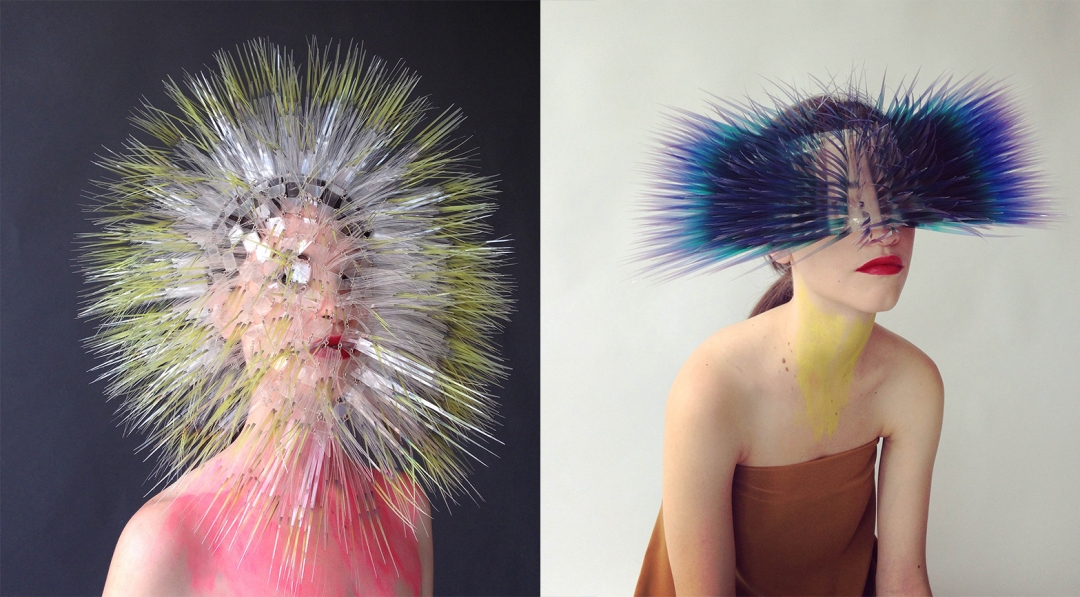
‘Superstar’ and ‘Another Vision of The World’. © Courtesy of Isabelita Virtual
In an interview you said that creativity consists of providing different solutions to the same problems.
That’s it. Using something that someone has done because it worked doesn’t mean that it’s always going to work. You have to keep trying things. Today, pioneering brands are those that fund creativity to change old formulas. In the end, those are the ones that everyone talks about.
